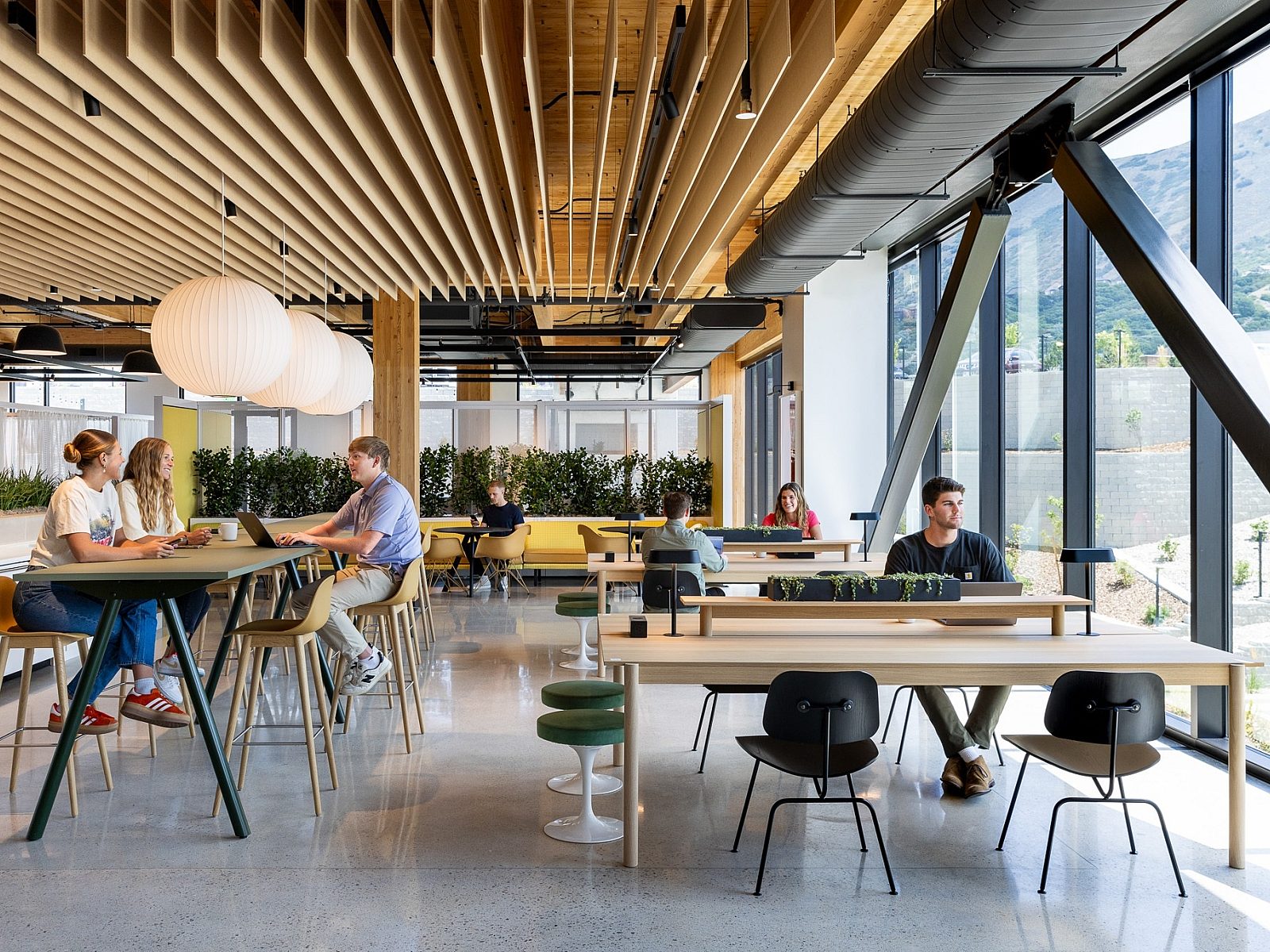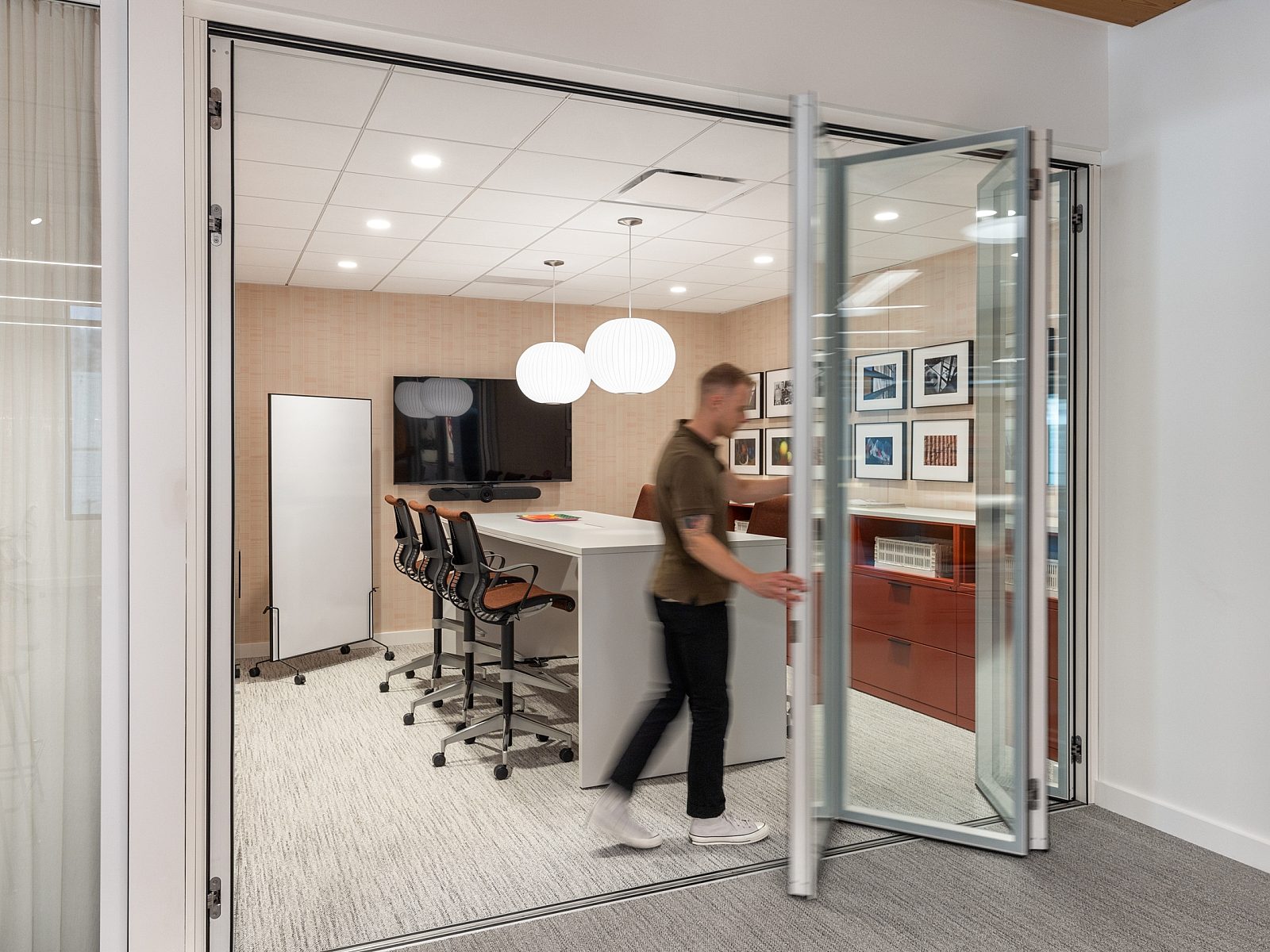The Evolution of Workplace Design: Supporting the Work of Today
When you hear the words "Living Office," what are the first thoughts that come to mind? This is one of my favorite questions to ask clients when sharing Herman Miller's perspective on the future of work.

Typically, with architects and interior designers, conversations shift to sustainability or the Living Building Challenge. For customers, answers may range from wellness and ergonomics, to flexible workplaces. Using a set of research-based tools, Herman Miller's "Living Office" provides the rich foundation for Henriksen Butler’s Workplace Strategists to consult customers as they consider future workplace changes and needs. These concepts can be applied to large corporate customers, small startup businesses, healthcare environments, and spaces for education and learning.
Designing a Living Office is like making a recipe. We start with a base of psychology, a little sociology, throw in the evolution of technology, a dash of "generational differences," a hint of ergonomics, maybe a pinch of biophilic design, a whole heap of collaboration and a mound of confusion about which is better, "open office" or tall cubicles.
Much like a living organism, our built surroundings are ever changing. Think about the evolution of technology for example, and ways it has impacted how we communicate, our accessibility to information, and our freedom to work anywhere, in any way, at any time. During the Eras of Industry and Information, employers focused on maximization of space and accommodating x-number of employees. Stepping into the Era of Ideas, the pendulum has again swung, shifting our focus completely. So, if our individual needs and the tools we use are always evolving, how do we ever find the right solution?

Achieving a balanced work environment that considers both the individual as well as organizational needs is key. So how is this done? Let’s start with something simple. Purpose. If we designed with a clear purpose in mind…would it result in a sea of cubicles? Not likely. A quality strategic and design approach considers not just programmatic needs, but it takes a step back to consider an organizations’ reason for existence, what their business priorities are and what their unique characteristics look like. Understanding this purpose is an integral part of Henriksen Butler’s mission. It considers both the individual as well as the broader needs of any organization.
Taking this philosophical approach to design redirects the focus from "how many people we can fit in a space," to "how can we best support the individual needs within our organization?" Having a clearly defined purpose provides the physical and emotional validation all humans seek and it helps us align our individual contributions to the greater organization. Intentional space design improves productivity, empowers employees to do their best work, and ultimately helps everyone succeed.

Using research and new technology, Henriksen Butler’s approach to space design has shifted significantly. Our Workplace Strategists partner with designers, architects and end users to uncover a customer’s unique purpose, identify unmet needs, anticipate changes in the future, and offer the highest quality furniture, storage and modular interior construction solutions. Ultimately, this work allows us to deliver a space that will serve its occupants long into the future.
I personally love the integrity that this approach encourages in reaching a meaningful solution. It brings a more organized and holistic perspective to how we think about space, how we communicate internally and externally, and it encourages us to step back and consider the bigger picture before we dive into the details.
The beauty of it is that it isn't project specific, it is applicable in all facets of our work, regardless if it is finishes, furniture, storage solutions or interior construction. It genuinely supports HB’s own organizational purpose to create amazing spaces where people can do great work.












